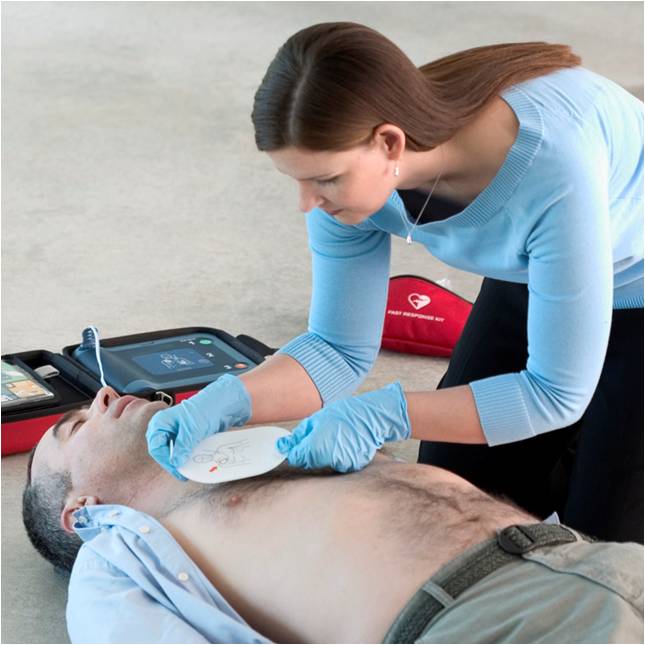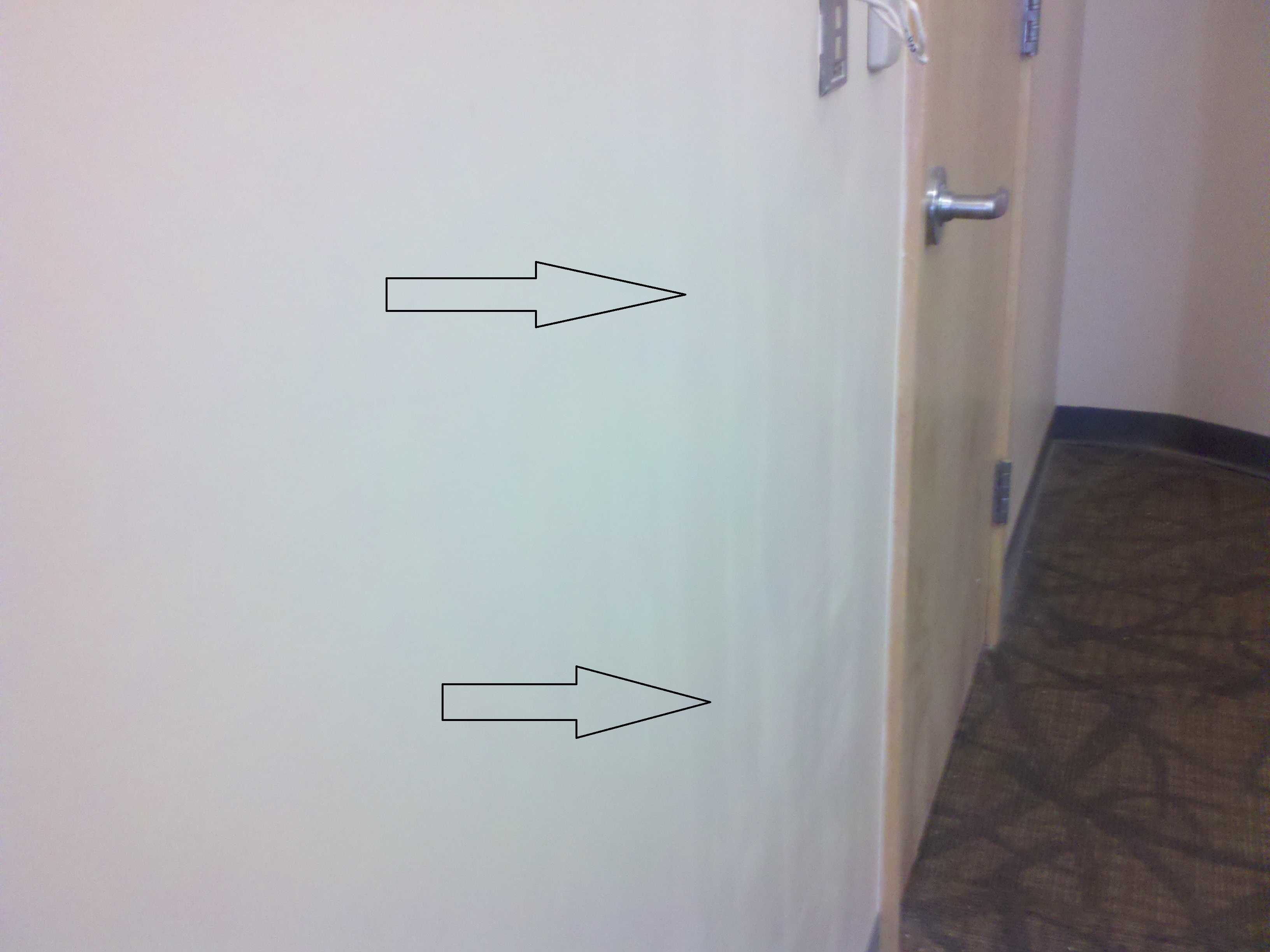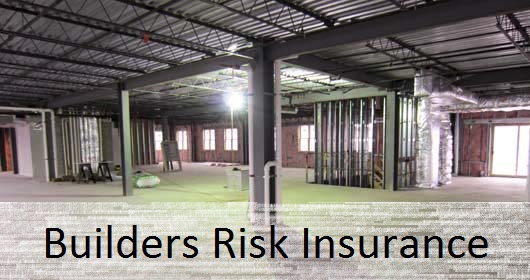Companies have plenty of fire extinguishers and first aid kits to protect employees in the workplace. Yet few companies are prepared to deal with sudden cardiac arrest. About 10,000 cardiac arrests occur in the workplace every year but not too many offices have heart defibrillators in their facility even though the likelihood of cardiac arrest is more prevalent than a fire.
The faster the response to a cardiac emergency, the rate of survival increases and having Automated external defibrillator (AED) units readily available in the workplace can mean the difference between life and death. An AED is a portable medical device designed to analyze the heart rhythm and deliver an electric shock to victims of ventricular fibrillation to restore the heart rhythm to normal.
Sudden cardiac arrest occurs when ventricular fibrillation takes place or when the heart stops beating altogether. Without medical attention, the victim collapses, loses consciousness, becomes unresponsive, and dies. According to the American Heart Association only around five percent of the people who have sudden and unexpected cardiac arrest each year outside a hospital are successfully resuscitated without an AED, compared to the approximate 60 percent success rates found with AEDs. AEDs in the workplace are proven to be a very cost-effective intervention.
OSHA recommends automated external defibrillators in the workplace and making early defibrillation a part of their emergency response plans:
-
Workers may suffer sudden cardiac arrest while on the job
-
Onsite AEDs save precious treatment time, and can improve survival odds because they can be used before emergency medical service (EMS) personnel arrive.
-
A heart rhythm in ventricular fibrillation may only be restored to normal by an electric shock.
- Defibrillation within three minutes of sudden cardiac arrest increases the chances of survival to 70 percent. Shock within one minute of collapse raises the survival rate to 90 percent.
- Calling 911 is necessary, but the wait for first responders may take too long. The average call-to-shock time in a typical community is nine minutes.
- Businesses with their own AED machines on site have the ability to respond fast.
- The AED is compact, lightweight, portable, battery operated, safe, and easy to use.
Liability is often a common concern when placing AEDs in facilities. Some ask “What’s the liability if something went wrong?” One answer is what’s the liability if you don’t do it? All 50 states have Good Samaritan laws that extend limited immunity to those rendering emergency care. AED manufacturers also offer liability protection to trained employees, and a facility’s liability policy should also cover employees in these situations. Some insurance companies offer grants to companies that wish to purchase AEDs, as well as discounts to facilities that have them installed.
AED Laws in New York Click Here
AED Laws in New Jersey Click Here
AED Laws in Connecticut Click Here
AED Laws in Other States Click Here
Discover more from Helping NYC & Long Island Commercial Tenants, Owners, and Developers
Subscribe to get the latest posts sent to your email.





